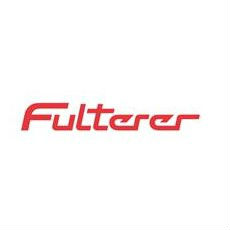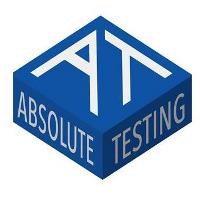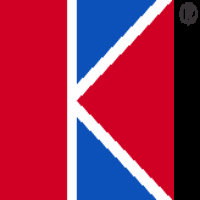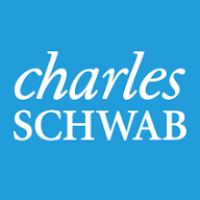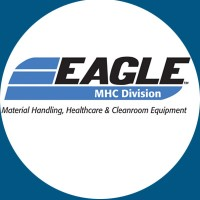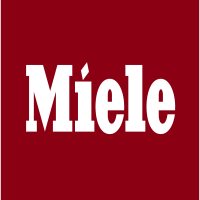SEFA DESK REFERENCESEFA members work together to establish, monitor and modify industry-wide Standards in the areas of fume hoods; ductless hoods; laboratory work surfaces; equipment and furniture installations; laboratory grade casework and fixtures. SEFA is constantly exploring other areas of common interest to expand the scope of its Standards. The Standards are invaluable tools in proposal writing, contract negotiations, installation and work procedures, as well as liability and responsibility determination. They promote better understanding and relationships between member companies, architects, contractors and end-users. Through SEFA Standards, member companies take charge of the conditions and environment in which they work, raising the level of responsiveness in their industry, thus providing the customer with quality products and services. SEFA and its committees are active in the development and promotion of Standards having domestic and international applications. The Standards are developed by the association taking into account the work of other international standard-writing organizations. Liaison is also maintained with governmental agencies in the development of their specifications. These Standards are published collectively in the SEFA Desk Reference, which is available for complimentary download through the link below. SEFA Standards - SEFA Fifth Edition Desk Reference - Version 4.0SEFA welcomes any proposed changes or additions to these Standards and encourages all interested parties to participate in this important endeavor. SEFA Disclaimer. SEFA uses its best effort to promulgate Standards for the benefit of the public in light of available information and accepted industry practices. SEFA does not guarantee, certify, or assure the safety or performance of any products, components, or systems tested, installed, or operated in accordance with SEFA Standards or that any tests conducted under its Standards will be non-hazardous or free from risk. |


